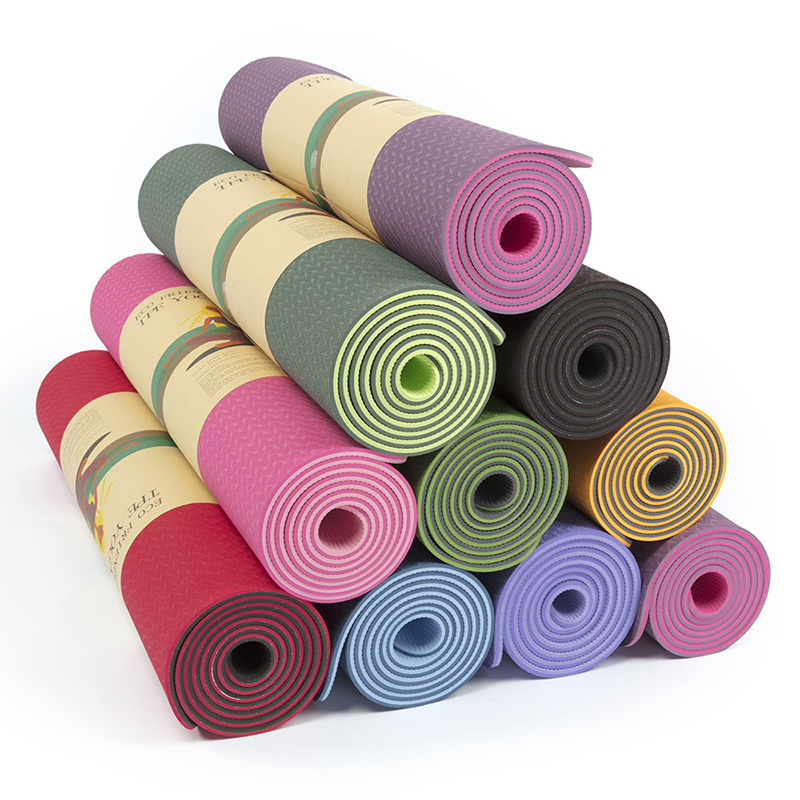What yoga mat thickness is best? Yoga is a practice that has been around for thousands of years and is known for its ability to improve both physical and mental well-being. Whether you are a beginner or a seasoned yogi, having the right yoga mat is crucial for a comfortable and effective practice. One of the most important factors to consider when choosing a yoga mat is its thickness. In this article, we will explore the different thickness options available for yoga mats and discuss which thickness is best suited for your practice.
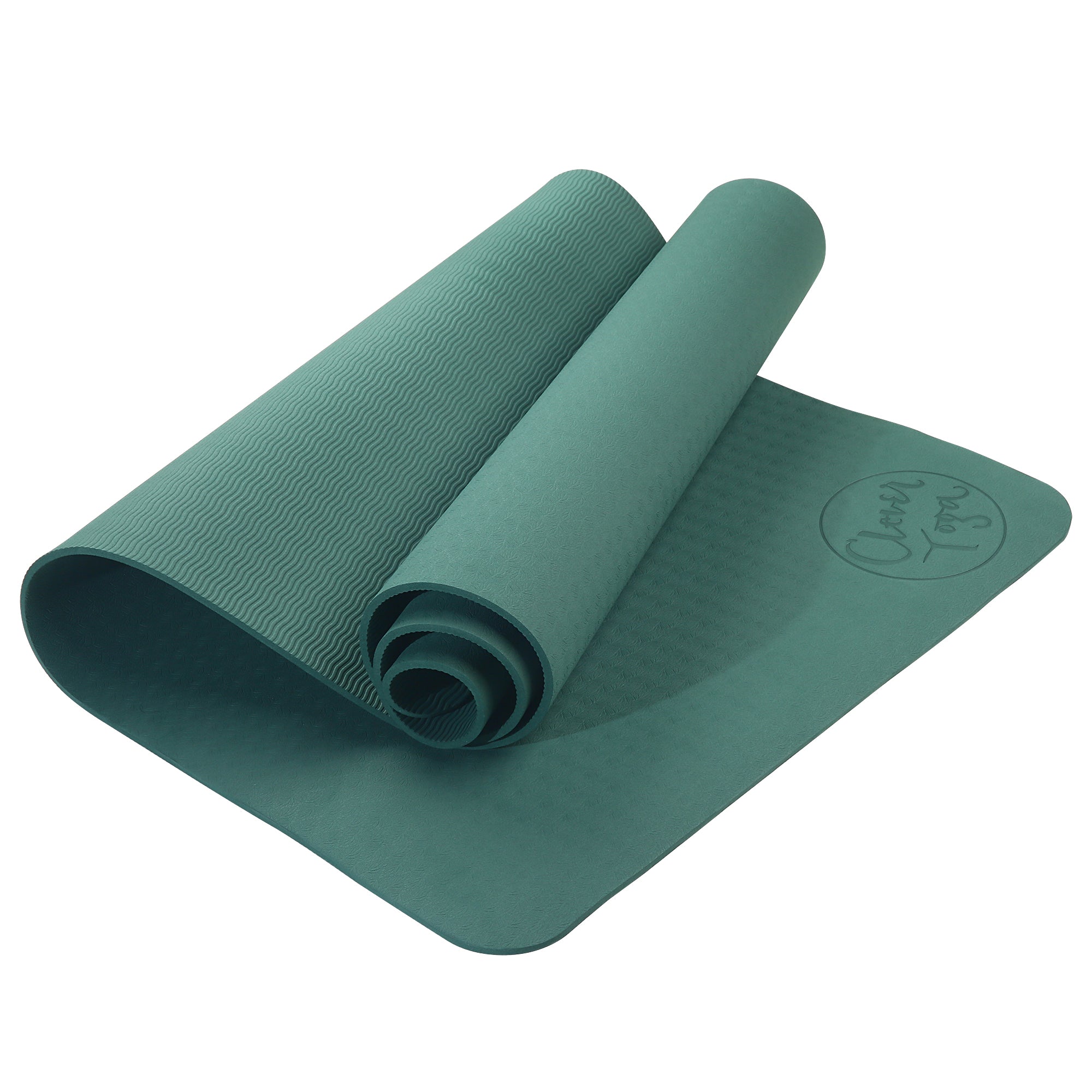
Understanding Yoga Mat Thickness
Yoga mats come in a variety of thickness options, typically ranging from 1/16 inch to 1/4 inch. The thickness of a yoga mat can have a significant impact on your practice, as it directly affects the level of cushioning and support it provides. Thicker mats offer more cushioning and support, while thinner mats provide a firmer and more stable surface.
The Best Thickness for Different Types of Yoga
The best yoga mat thickness for your practice will depend on the type of yoga you are practicing and your individual preferences. Here are some guidelines to help you determine the best thickness for different types of yoga:
Hatha and Iyengar Yoga:
These slower-paced, alignment-focused practices typically involve holding poses for longer periods of time. For these types of yoga, a thicker mat (1/4 inch) is recommended to provide extra cushioning and support during static poses.
Vinyasa and Power Yoga:
These more dynamic, flowing practices involve a lot of movement and transitions between poses. A slightly thinner mat (1/8 inch) is often preferred for these types of yoga, as it provides a firmer and more stable surface for better balance and stability.
Hot Yoga:
Hot yoga practices take place in a heated room, which can cause you to sweat a lot. For hot yoga, a thinner mat with good grip and absorbent properties is recommended to prevent slipping and provide a non-slip surface even when wet.
Restorative and Yin Yoga:
These gentle, relaxing practices involve a lot of floor-based poses and passive stretching. A thicker mat (1/4 inch) is ideal for these types of yoga, as it provides maximum cushioning and support for prolonged periods of time on the floor.
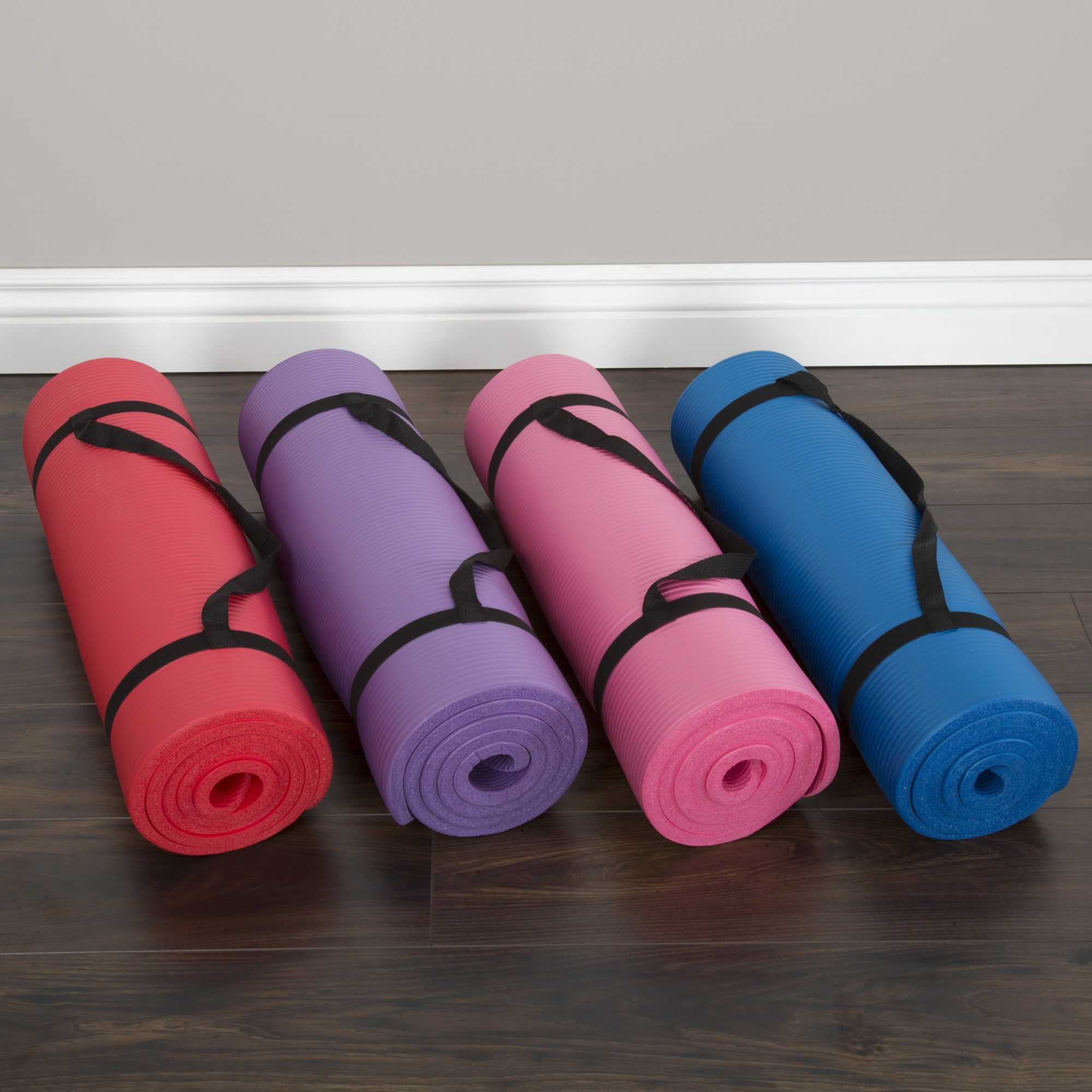
Other Factors to Consider
In addition to the type of yoga you practice, there are a few other factors to consider when choosing the best yoga mat thickness for your needs:
- Body Weight: If you are on the heavier side, a thicker mat may provide better support and cushioning for your joints and pressure points.
- Joint Sensitivity: If you have sensitive knees, elbows, or wrists, a thicker mat may be more comfortable for you.
- Portability: Thicker mats can be heavier and bulkier, making them less convenient for travel or taking to and from the yoga studio.
How to use the yoga mat
Yoga has been practiced for thousands of years and is known for its numerous physical and mental health benefits. A key component of a successful yoga practice is having the right equipment, and a high-quality yoga mat is essential for both comfort and safety.
Choosing the Right Yoga Mat
The first step in using a yoga mat is choosing the right one for your needs. With so many options available on the market, it can be overwhelming to find the perfect mat. Here are some key factors to consider when selecting a yoga mat:
Material:
Yoga mats come in a variety of materials, including rubber, PVC, and eco-friendly options like cork and natural rubber. Consider the texture, grip, and eco-friendliness of the material before making a decision.
Thickness:
The thickness of a yoga mat can vary from thin and lightweight to extra thick for added cushioning. The right thickness for you will depend on your comfort level and the types of yoga you practice.
Size:
Standard yoga mats are typically around 24 inches wide and 68 inches long, but larger options are available for taller individuals. Consider your height and the amount of space you need for your practice when choosing a mat size.
Durability:
A high-quality yoga mat should be durable and able to withstand regular use. Look for features like non-slip surfaces and strong, long-lasting materials.
Once you have chosen the perfect yoga mat for your needs, you can begin to reap the benefits of a comfortable and supportive surface for your practice.
Preparation for Practice
Before unrolling your yoga mat and beginning your practice, it’s important to prepare the space around you. Find a clear, open area where you can lay your mat flat and ensure that there are no distractions or obstacles in your way. You may want to use a yoga strap or blocks for support, and having them nearby can be helpful as well.
Additionally, take a moment to set an intention or focus for your practice. This could be a specific goal, such as improving your flexibility or finding inner peace, or simply taking a few deep breaths to center yourself before starting. By preparing your space and setting your intentions, you can create a positive and focused environment for your yoga practice.
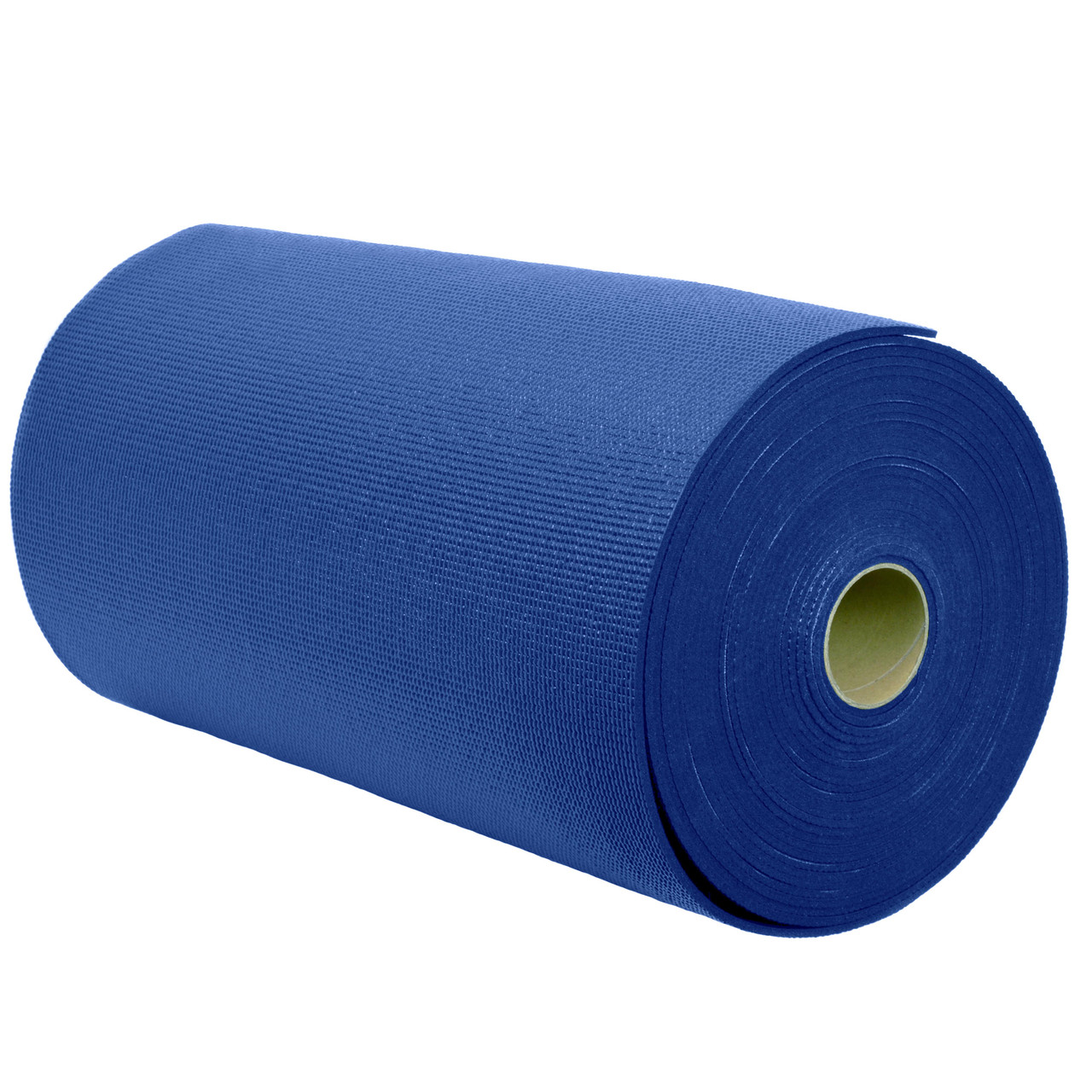
Using Your Yoga Mat
Once you have chosen the right yoga mat and prepared your practice space, it’s time to start using your mat. Here are some key tips and techniques for maximizing the benefits of your yoga mat during your practice:
- Positioning: When unrolling your mat, ensure that it is flat and even on the ground. A non-slip surface will help prevent any movement or sliding during poses, so make sure the area underneath your mat is clean and free of debris.
- Alignment: Use the lines and markings on your yoga mat to guide your alignment and positioning during poses. Many yoga mats have specific guidelines for hand and foot placement, which can be especially useful for beginners.
- Grip: Ensure that your hands and feet have a strong grip on the mat during poses. This will provide stability and support, helping you to maintain balance and prevent slipping or sliding.
- Cushioning: Take advantage of the cushioning provided by your yoga mat for added comfort during poses that require you to be on your knees, elbows, or other pressure points.
- Breath: Focus on your breath as you move through your practice, using the support of your yoga mat to ground yourself and maintain stability in each pose.
Maintenance and Care
Proper maintenance and care of your yoga mat are essential for ensuring its longevity and performance. Here are some key tips for keeping your yoga mat in top condition:
- Cleaning: Regularly clean your yoga mat with a mild soap and water solution. For deeper cleaning, you can use a specialized mat cleaner or wipes to remove sweat, dirt, and bacteria.
- Drying: After cleaning, be sure to thoroughly dry your yoga mat before rolling it up. Moisture can lead to mold and mildew, so hang your mat in a well-ventilated area to dry completely.
- Storage: When not in use, store your yoga mat in a cool, dry place away from direct sunlight. Avoid leaving it in a hot car or other extreme temperatures, as this can cause damage to the mat material.
- Avoiding Damage: Be mindful of sharp objects and rough surfaces that can puncture or tear your yoga mat. When transporting your mat, use a yoga mat bag or strap to protect it from damage.
By following these maintenance and care tips, you can ensure that your yoga mat remains in excellent condition and continues to provide the support and comfort you need for your practice.
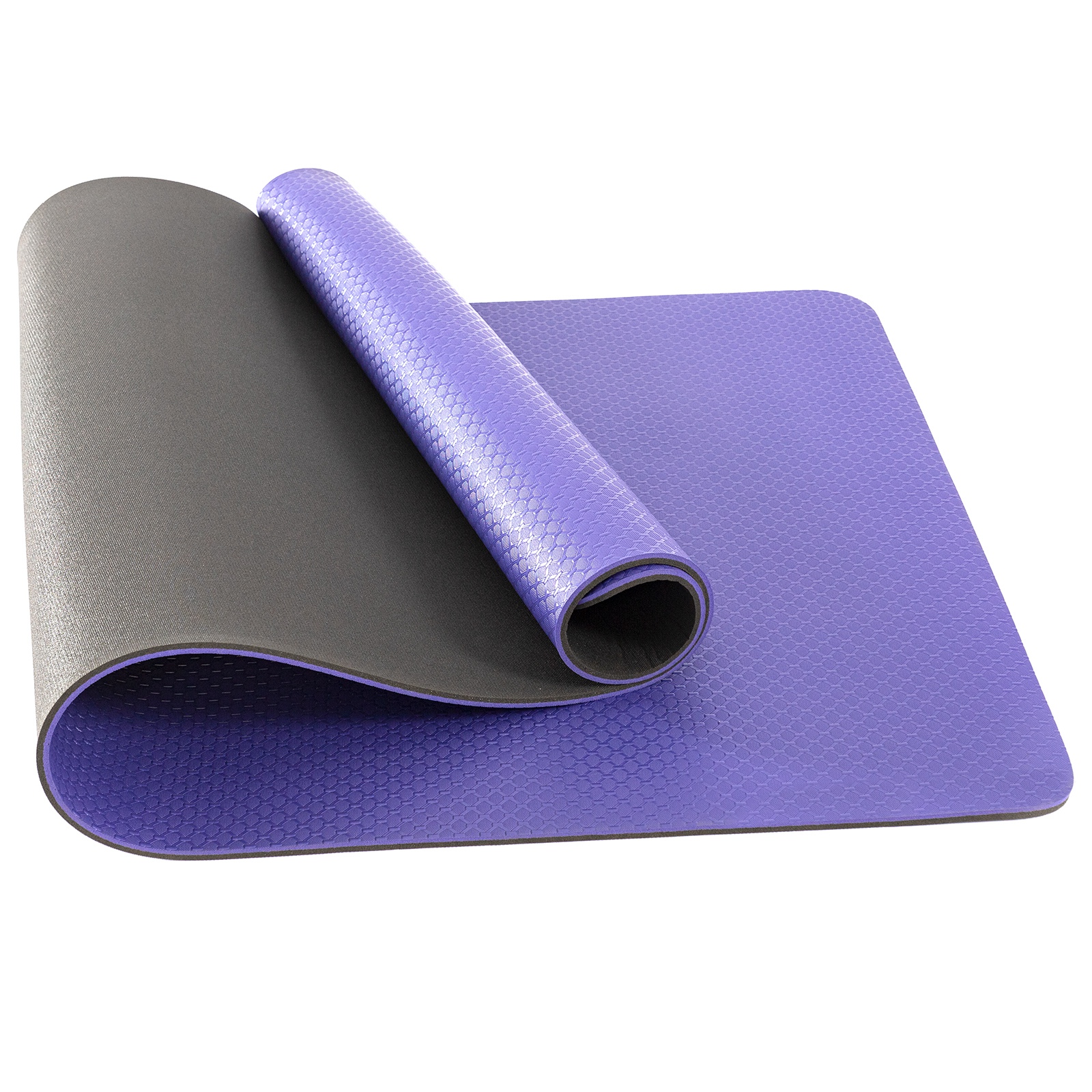
Conclusion
Ultimately, the best yoga mat thickness for your practice will depend on a combination of factors, including the type of yoga you practice, your individual preferences, and any specific needs you may have. It’s important to try out different thickness options and consider these factors before making a decision. By choosing the right thickness for your yoga mat, you can enhance your practice and make your yoga experience more enjoyable and comfortable.
